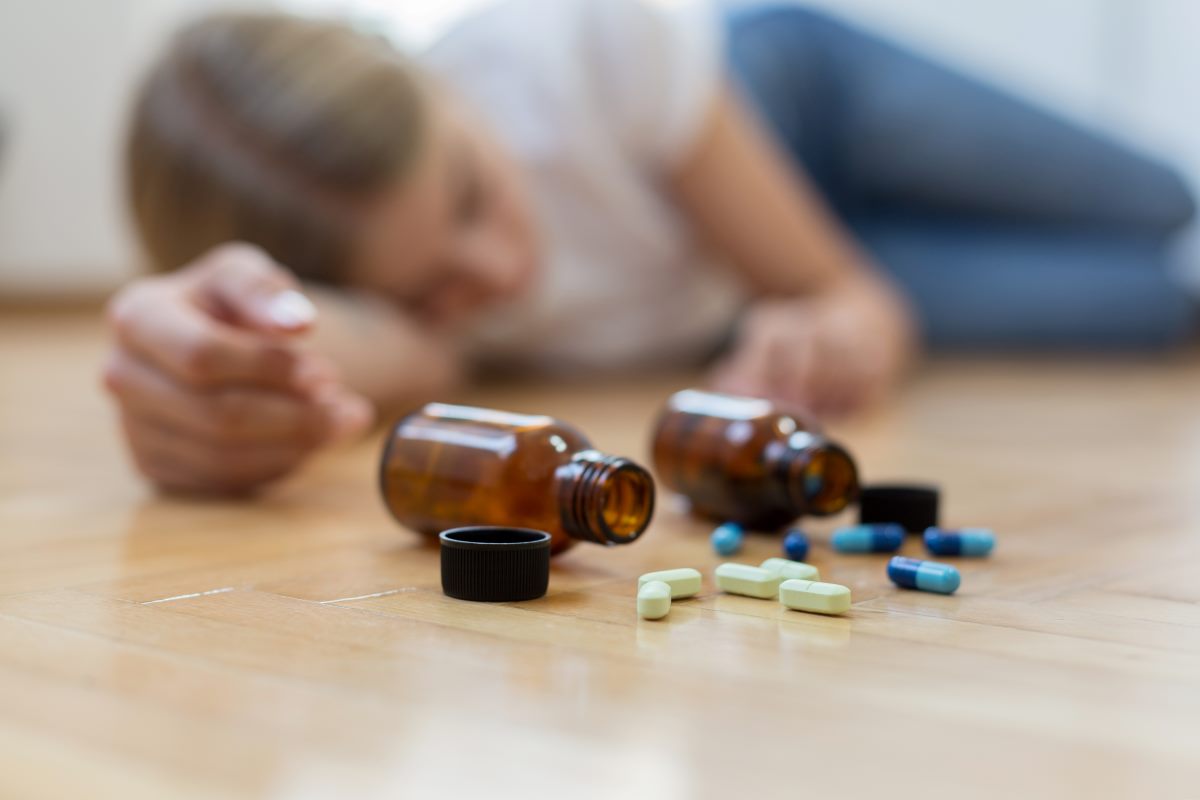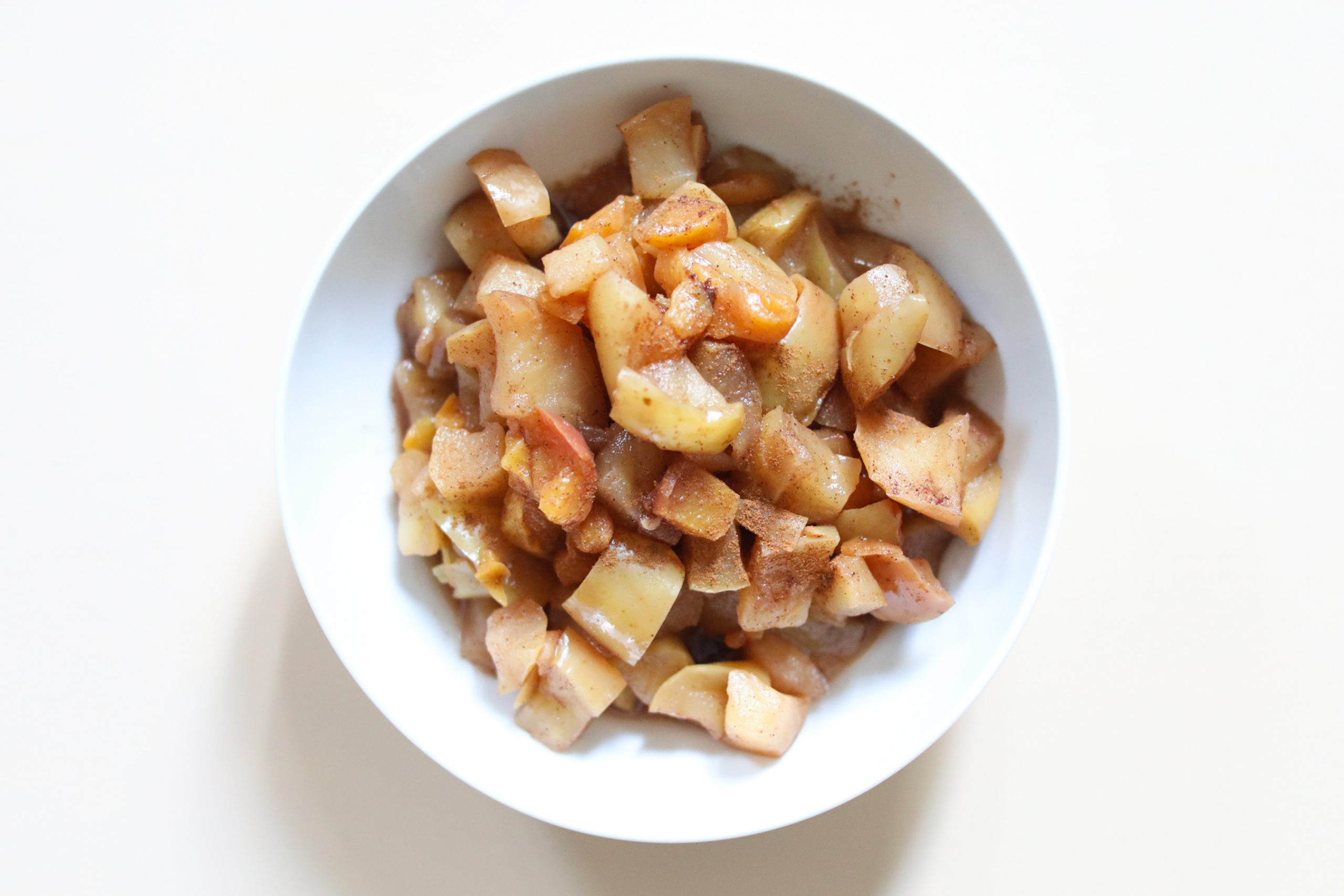Australia is in the grips of an opioid crisis. Opioid related-deaths — some from illicit drugs including heroin, but many more from prescription opioids commonly used to treat pain — have dramatically increased over the past two decades.
In 2022, more than 1,022 people died from opioid drugs in Australia.
What you may not know is that there’s a free, over-the-counter medicine that can prevent opioid overdose deaths — and it’s available in pharmacies across Australia under a Federal Government scheme called Take Home Naloxone.
This is one of the first examples in the world of a free, national program, with access through such a broad range of settings. But the scheme’s uptake has been slow.
Naloxone is a safe and effective medicine that reverses the effects of an opioid overdose. It can be given by injection or through a nasal spray; just one dose sprayed in one nostril is enough to reverse most overdoses.
Naloxone has been an over-the-counter medicine in Australia since 2016. Uptake of the medicine in the community has been slow, originally due to its cost.
But in 2022, naloxone was made available for free — and without a prescription — at community pharmacies around Australia, through the national Take Home Naloxone program.
As part of this program, which research shows is a key strategy to prevent opioid deaths, naloxone is given to laypeople such as family members, peers or carers to administer if they witness an overdose. They’re also given information about the symptoms of overdose and how to use naloxone.
Unfortunately, despite the drug being freely available for two years under the national scheme, naloxone has not been universally adopted by those who could benefit from it.
Research by the Monash Addiction Research Centre explored how common it is for community pharmacies to stock naloxone.
It surveyed 530 community pharmacies across Victoria, New South Wales, Queensland and Western Australia about their stocking and provision of naloxone, and found just 60 percent of community pharmacies stocked the drug.
Other barriers stand in the way of increasing naloxone supply. A big one is knowledge about naloxone for pharmacists and pharmacy staff. There’s also not enough awareness of the drug among the different populations which may benefit from receiving it.
There are several key populations for whom naloxone is relevant, each with different potential barriers to consider.
For people who inject opioids such as heroin, knowledge about opioid overdose is generally high, and naloxone is familiar and acceptable. But unfortunately, stigma often prevents naloxone supply to that group.
Research found Australian pharmacists were less comfortable discussing overdose with people who use illicit opioids compared to people who are prescribed opioids for pain.
Access to naloxone could also be increased across a range of other harm reduction and health settings. For example, naloxone will soon be made available in vending machines across Victoria, which may further increase access while removing barriers including stigma and opening hours.
People who are prescribed opioid pain medicines are another key population for overdose information and naloxone supply. For this group, there is often limited knowledge about signs of opioid overdose, and a limited recognition of opioid-related risk factors.
People who use other drugs, such as stimulants like cocaine or methamphetamine, MDMA or ketamine, haven’t typically been a focus of naloxone programs. But this is changing following recent concern around the threat of synthetic opioids such as fentanyl and more recently nitazenes contaminating the illicit drug market.
If these synthetic opioids turn up in other street drugs, people who use them may unknowingly ingest opioids and be at risk of opioid overdose. The lack of drug checking services across most of Australia means most people who use illicit drugs don’t know exactly what’s in the drugs they are taking.
This now makes overdose education and naloxone supply for anyone who may use illicit drugs important.
An Opioid Safety Toolkit — a partnership between Monash University, Painaustralia, and the Pharmaceutical Society of Australia — will be distributed later this year. Funded by the Commonwealth Government, this toolkit will help raise awareness of naloxone and overdose risk for this population.
Professor Suzanne Nielsen (BPharmSc[Hons] PhD MPS) is the Deputy Director, and an NHHRC Investigator Grant Fellow at the Monash Addiction Research Centre in Melbourne.
Dr Louisa Picco (MPH, PhD) is a NHMRC Emerging Leader Research Fellow at the Monash Addiction Research Centre in Melbourne.
Both authors are recipients of NHMRC Fellowships.
Originally published under Creative Commons by 360info™.
Opioids and overdose risk












/https://tf-cmsv2-smithsonianmag-media.s3.amazonaws.com/filer_public/d1/82/d18228f6-d319-4525-bb18-78b829f0791f/mammalevolution_web.jpg)







Discussion about this post